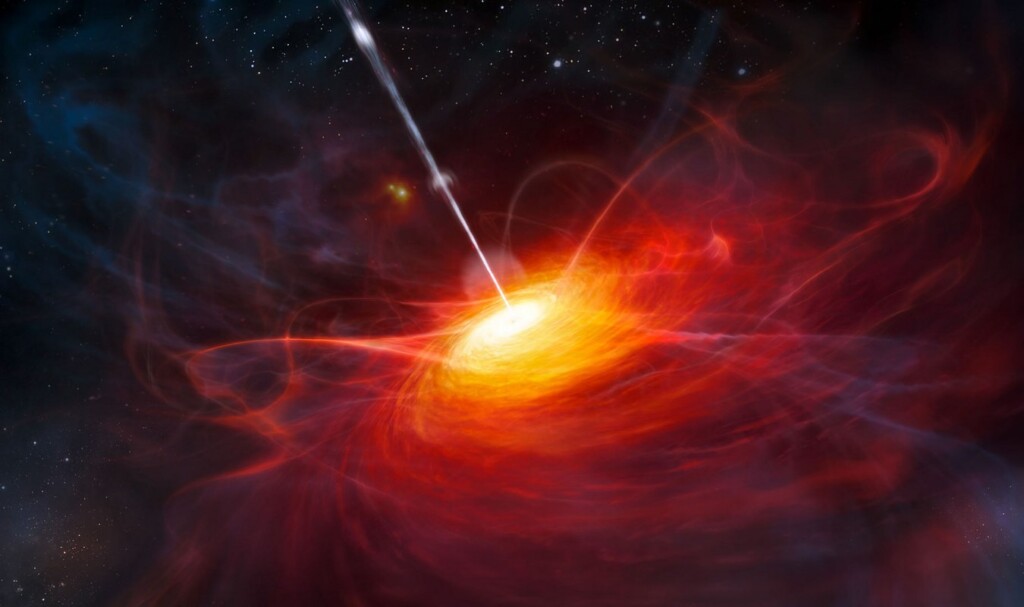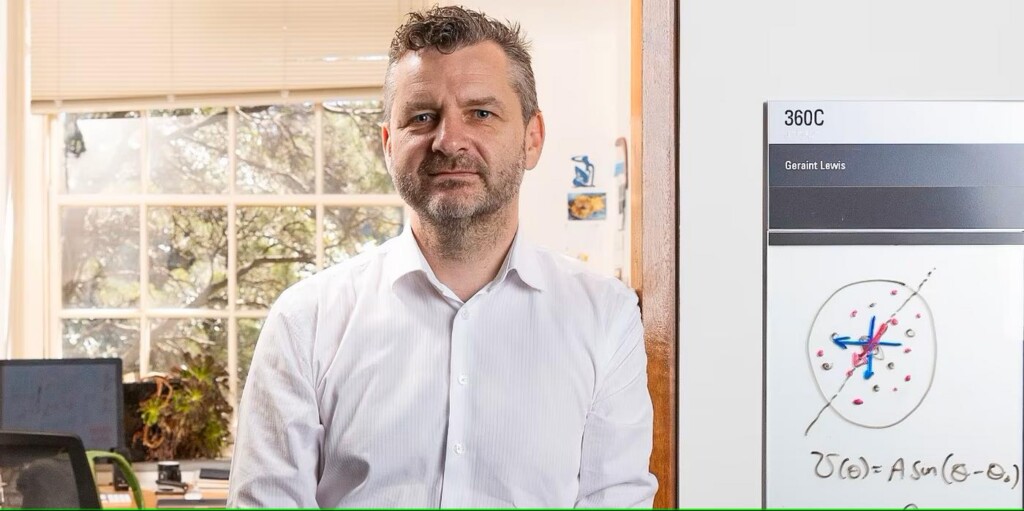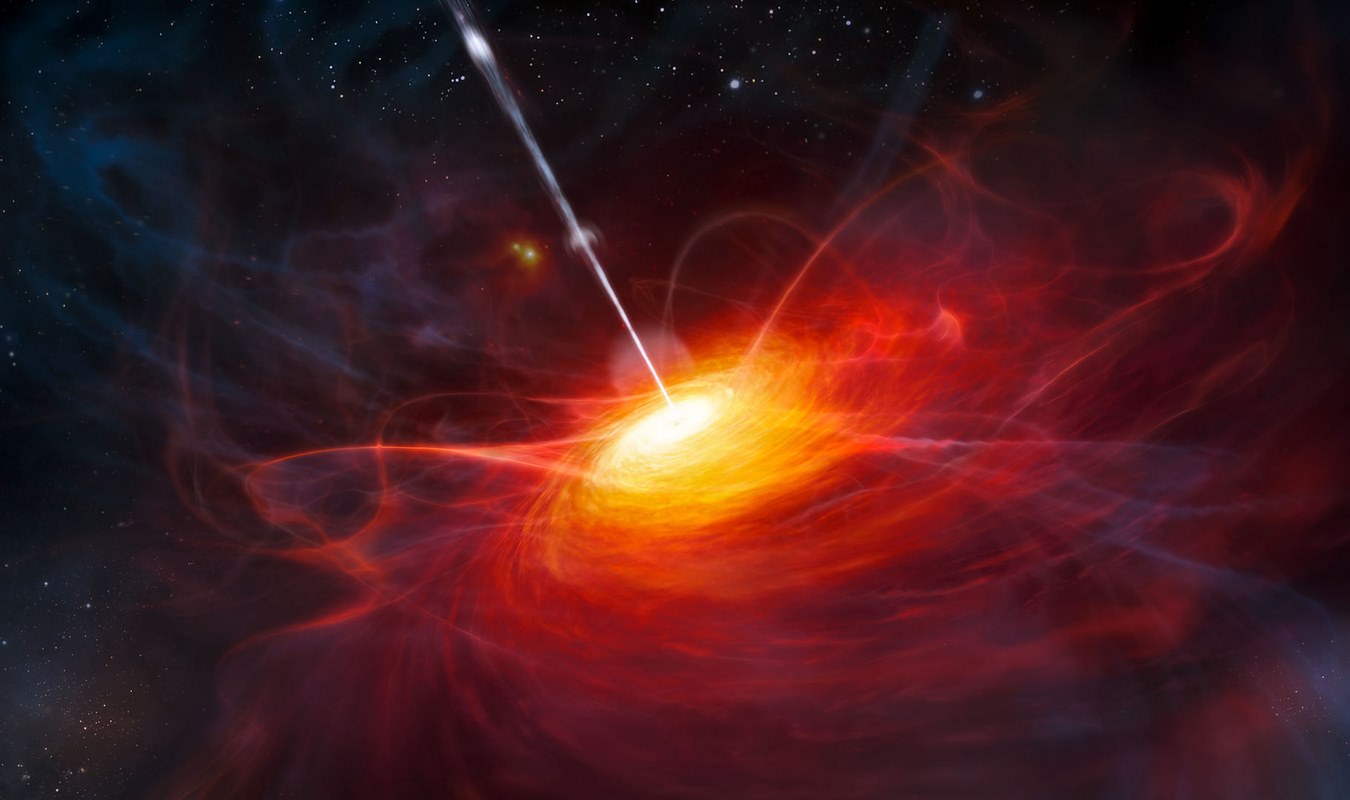
Most of us know the framework of the Big Bang Theory—the universe began expanding outward from a single point after a large explosion, and as matter began to coalesce into larger and hotter structures, the universe began expanding at greater and greater speeds.
This would necessitate that in the earliest periods of the universe, this expansion was slower, and that since Einstein showed that time and space were connected, time too would be slower—exactly what was just discovered by astronomers Down Under.
In a groundbreaking paper published in Nature, Professor Geraint Lewis of Sydney University and Dr. Brendon Brewer at Auckland University used quasars as clocks to track the speed of time in the early universe—perhaps less than a billion years after the Big Bang.
Quasars are the universe’s most powerful known objects, and they showed that time moved 500% slower in the earliest chapter of the universe than it would today.
“Looking back to a time when the universe was just over a billion years old, we see time appearing to flow five times slower,” said Professor Lewis. “If you were there, in this infant universe, one second would seem like one second—but from our position, more than 12 billion years into the future, that early time appears to drag.”

Previous universe dating methods used supernovae explosions, but quasars are far more energetic, acting more like repeat fireworks displays than a single firecracker. These active galactic nuclei are powered by supermassive black holes billions of times larger than the sun surrounded by gargantuan accretion disks of hot gas. The energy they emit is beyond all metaphor.
MORE SCIENCE NEWS: Nature’s Famous Spiral is Coded into 400 Million Years of Plants–But Not in This New Fossil
Lewis explains that he and his team used spectroscopy to separate the light from the 200 or so quasars into green, red, and infrared, which allowed them to chart the lights’ path through space and time rather like the ticking of a clock.
“With these new data and analysis, however, we’ve been able to find the elusive tick of the quasars and they behave just as Einstein’s relativity predicts,” said Lewis.
MORE ASTROPHYSICS: Astronomers Spot Light From Behind a Black Hole for the First Time – Proving Einstein Right Again
It’s the third or fourth time in recent memory that a bold prediction of Einstein has been proven correct, demonstrating the superb intellect of a man who is getting more predictions right from his grave than some scientists do in the lab.
SHARE This Superb Science With Your Friends…




















